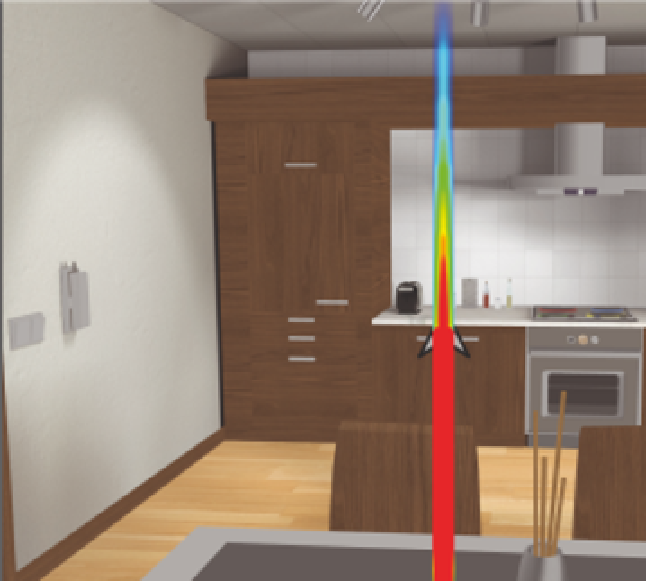Environmental Engineering Reference
In-Depth Information
Fig. 11. Results of the camera movements performed by the users to encountering the task.
In relation to the quality of the paths, 90% of users valued them as good and very good.
About 75% of users described the camera orientation during movement as good and very
good whereas 25% found it regular or bad. The bad scores came from users that reported
being disturbed by the fact that the camera didn't look at the target when it was avoiding an
obstacle. They affirmed that the target object should always be in the view. For this reason,
we modified the system to allow users to control the camera rotation if they wish during the
automatic camera movement. In this way, the system is more flexible and satisfies the desires
of passive users as well as more active ones.
6. Conclusions
Serious games in 3D virtual environments can greatly contribute to rehabilitation. However,
to be usable by patients with cognitive impairments, many technological barriers must be
broken that are disturbing for all kind of users as well. In particular, it is important to separate
objects manipulation from navigation. In this paper, we have proposed and analyzed several
strategies to ease manipulation in 3D. We have designed visual mechanisms to enhance the
perception of objects. Our aim is to help users in picking, dragging and putting objects.
In addition, we have proposed a mechanism for the semi-automatic navigation inside VEs.
Our goal is to allow users to move in the VE without having the technological difficulties of




